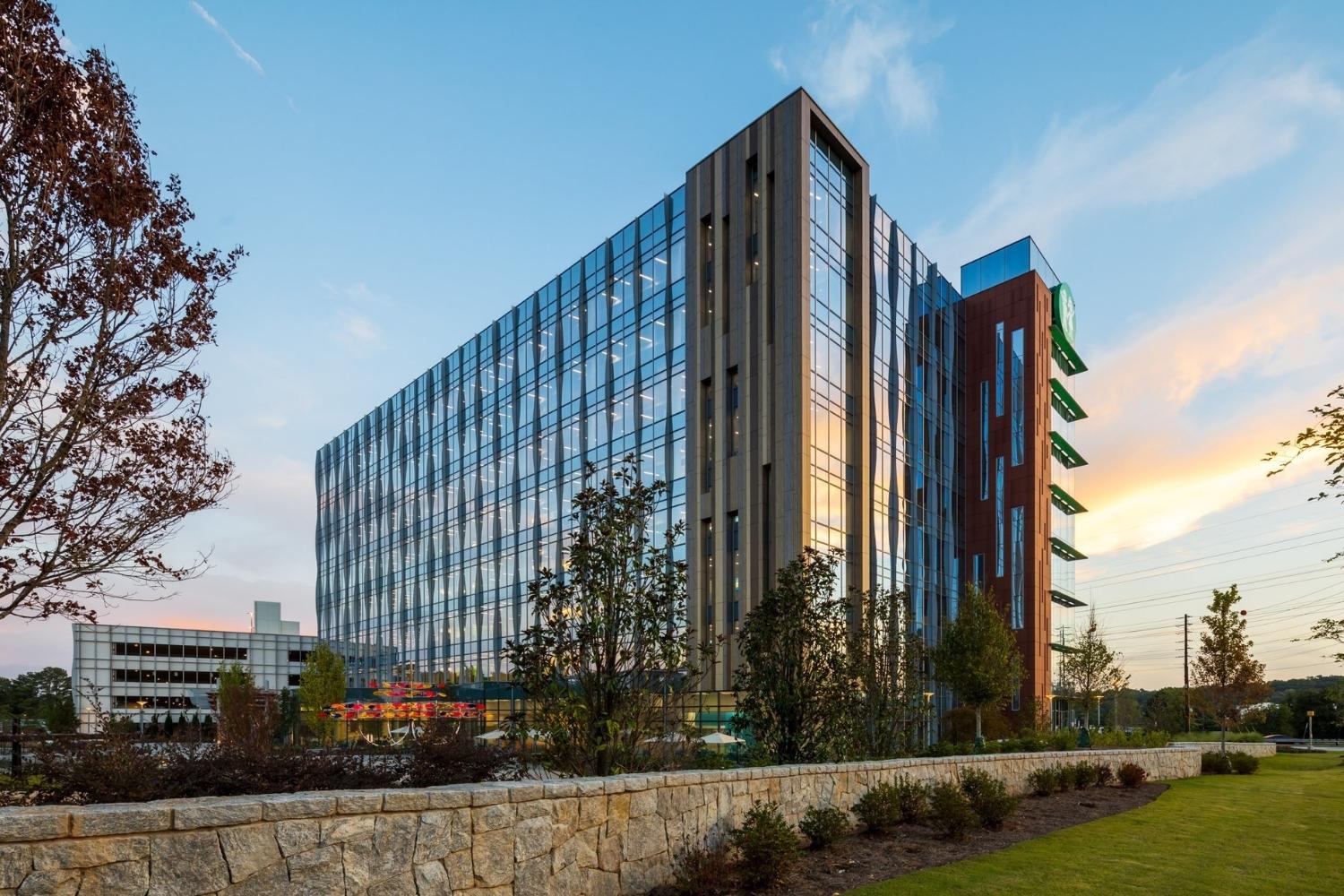
What makes a building LEED-certified? LEED, or Leadership in Energy and Environmental Design, is a globally recognized certification system for green buildings. LEED-certified buildings meet specific criteria in areas like energy efficiency, water usage, air quality, and sustainable materials. These structures aim to reduce environmental impact while providing healthier spaces for occupants. Certification levels range from Certified to Platinum, depending on the number of points a building earns across various categories. Benefits of LEED certification include lower operating costs, increased asset value, and a positive impact on the environment. Ready to learn more? Let’s dive into 25 fascinating facts about these eco-friendly marvels!
Key Takeaways:
- LEED certification promotes sustainable building practices and offers economic benefits, including lower operating costs and tax incentives. It also creates healthier environments and reduces environmental impact through efficient water and energy use.
- The process to achieve LEED certification involves registration, documentation, third-party verification, certification review, and awarding certification. LEED has a global presence, with projects in over 165 countries and diverse building types.
What is LEED Certification?
LEED (Leadership in Energy and Environmental Design) certification is a globally recognized symbol of sustainability achievement. Buildings that earn this certification meet specific green building standards. Here are some fascinating facts about LEED-certified buildings.
- LEED was established in 1998. The U.S. Green Building Council (USGBC) created LEED to promote sustainable building practices.
- There are four levels of LEED certification. Buildings can achieve Certified, Silver, Gold, or Platinum status based on their performance.
- LEED certification covers various building types. This includes commercial, residential, and even entire neighborhoods.
- LEED buildings save money. They use less energy and water, reducing utility bills significantly.
- LEED promotes healthier environments. These buildings have better air quality and natural lighting, improving occupant well-being.
Environmental Impact of LEED Buildings
LEED-certified buildings are designed to minimize their environmental footprint. They incorporate various strategies to achieve this goal.
- Reduced carbon footprint. LEED buildings emit fewer greenhouse gases compared to traditional buildings.
- Efficient water use. They often include rainwater harvesting systems and low-flow fixtures.
- Energy efficiency. Many LEED buildings use renewable energy sources like solar or wind power.
- Waste reduction. Construction waste is minimized, and materials are often recycled.
- Sustainable materials. These buildings use eco-friendly materials that are locally sourced and have low environmental impact.
Economic Benefits of LEED Certification
Beyond environmental advantages, LEED certification offers significant economic benefits for building owners and occupants.
- Higher property values. LEED-certified buildings often have higher market values.
- Lower operating costs. Energy and water savings translate to reduced operating expenses.
- Tax incentives. Some governments offer tax breaks for LEED-certified buildings.
- Increased occupancy rates. Tenants are often willing to pay a premium for green buildings.
- Enhanced employee productivity. Healthier work environments can lead to higher productivity levels.
LEED Certification Process
The process to achieve LEED certification involves several steps and requires adherence to strict guidelines.
- Registration. The first step is to register the project with the USGBC.
- Documentation. Detailed documentation is required to demonstrate compliance with LEED standards.
- Third-party verification. An independent third party verifies the building’s performance.
- Certification review. The USGBC reviews the documentation and verification results.
- Awarding certification. If the building meets the criteria, it is awarded the appropriate level of certification.
Global Reach of LEED
LEED certification is not limited to the United States; it has a global presence.
- Over 165 countries. LEED-certified projects exist in more than 165 countries worldwide.
- International adaptations. LEED standards have been adapted to meet local conditions in various regions.
- Global recognition. LEED is one of the most widely recognized green building certifications globally.
- Diverse projects. From skyscrapers to schools, LEED certification applies to a wide range of building types.
- Continuous improvement. LEED standards are regularly updated to incorporate the latest sustainability practices.
The Impact of LEED-Certified Buildings
LEED-certified buildings aren’t just about saving energy. They also improve air quality, reduce waste, and create healthier spaces for people. These structures often use less water and energy, which means lower utility bills. Plus, they can boost property values and attract eco-conscious tenants or buyers.
Businesses benefit too. Employees in green buildings report higher satisfaction and productivity. Schools see better student performance. Hospitals notice quicker patient recovery times. The ripple effects of sustainable design touch every part of our lives.
Choosing LEED certification shows a commitment to the environment and future generations. It’s a step toward a more sustainable world. So, whether you’re building new or renovating, consider going green. The benefits are clear, and the impact is lasting.
Frequently Asked Questions
Was this page helpful?
Our commitment to delivering trustworthy and engaging content is at the heart of what we do. Each fact on our site is contributed by real users like you, bringing a wealth of diverse insights and information. To ensure the highest standards of accuracy and reliability, our dedicated editors meticulously review each submission. This process guarantees that the facts we share are not only fascinating but also credible. Trust in our commitment to quality and authenticity as you explore and learn with us.
